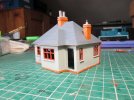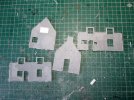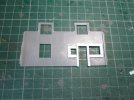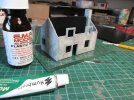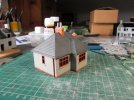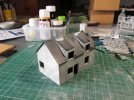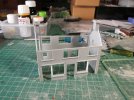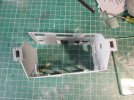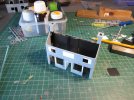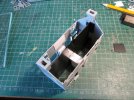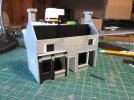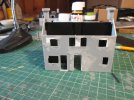Christopher Payne
New Member

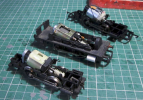
*
Neil
I am delighted to have today found this thread. Thank you for the reference to it on NGRMonLine.
The work shown here is very much to my liking and I will continue to follow the account with interest.
That said may I make one comment on the posting from 7 January 2022 (partly quoted above)?
Over the years (beginning almost three decades ago) I have done a lot of work using "Smokey Joe" chassis for larger scale NG locos. I have also used the bodies a couple of times. From that experience I do wonder if the age of the various motors used is correctly attributed. I may be wrong, but I would have thought that of the three motors shown, the oldest is that in the middle - the open frame motor.
[1] I cannot say that it would be unassailable proof of that assertion, but I have to hand a loco that has the open frame motor in the chassis under what is certainly and early body (one of the originals fitted with handrails). Having aquired this second hand I concede that it may be an original body mated with a later chassis, but my feeling is that the open frame motor was used before the MABUCHI cans.
[2] Indeed, as you say the motors in your photograph at the top and the bottom are somewhat similar.
[3] There is also the spacer at the rear of the Mabichi cans. This would suggest that the original design of chassis was for the open frame motor, and that when the shorter length cans were introduced the spacing piece was inserted.
As I say I could be wrong, and if I am would be happy to stand corrected.
Christopher Payne
Last edited:

